Home > Climate News >
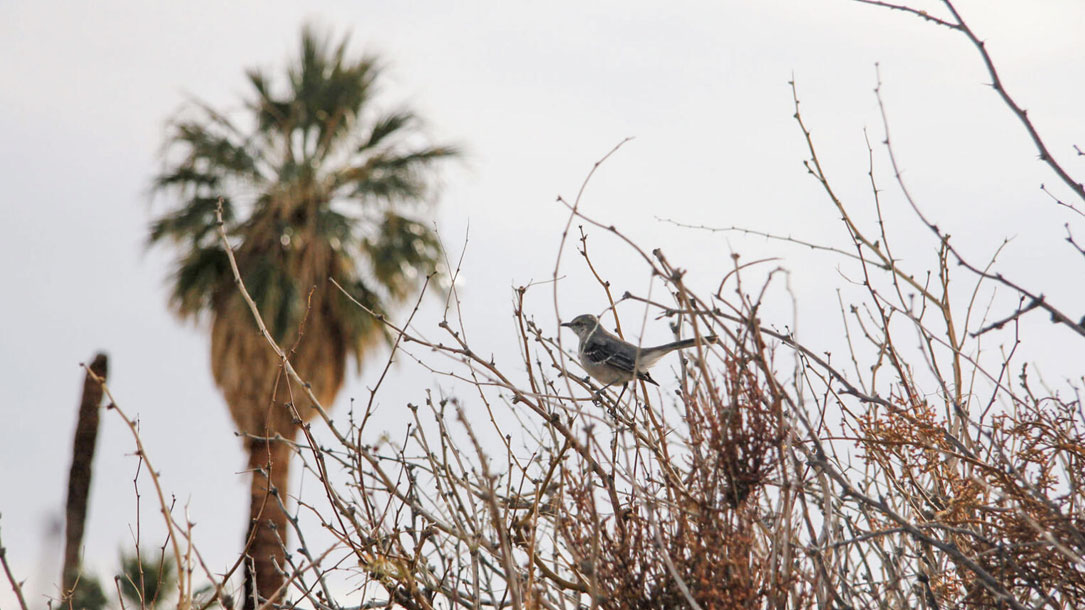
How climate change pushes even the hardiest desert birds past their limit
The Mojave Desert, like many deserts across the world, is getting hotter and drier. Over the last century, it’s warmed by about 3.6 degrees Fahrenheit (2 degrees Celsius), and its already sparse rainfall has declined by 20 percent in some areas. Even before modern climate change, the Mojave’s birds lived at extremes; many desert birds have evolved special drought adaptations to save water. Now they’re facing conditions that exceed their physiological limits, according to new research published in Science.
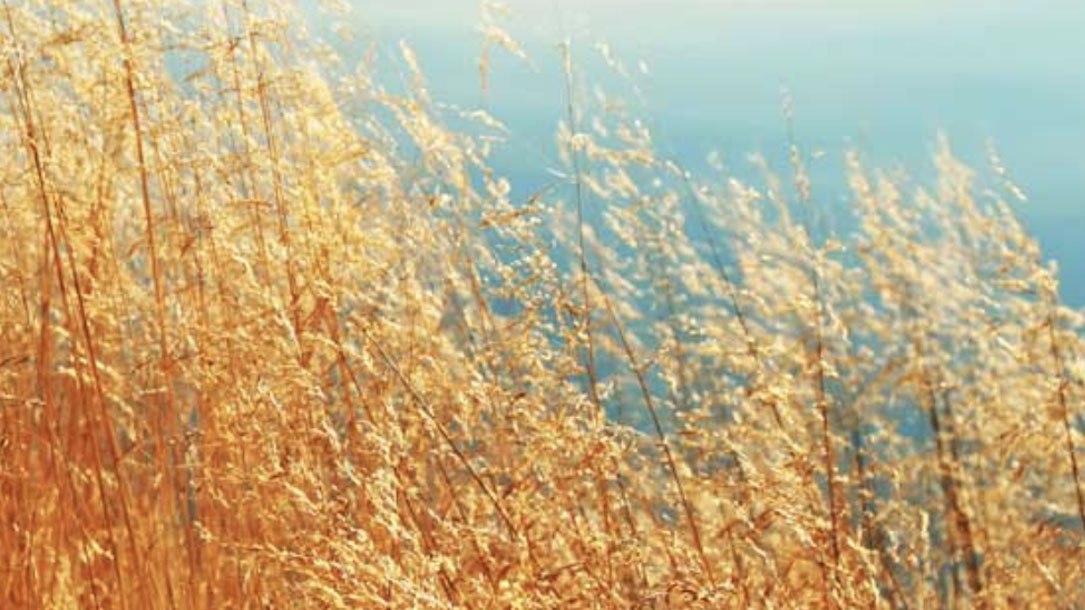
The Climate Action Reserve
“As the premier carbon offset registry for the North American carbon market, the Climate Action Reserve encourages action to reduce greenhouse gas (GHG) emissions by ensuring the environmental integrity and financial benefit of emissions reduction projects.
The Reserve establishes high quality standards for carbon offset projects, oversees independent third-party verification bodies, issues carbon credits generated from such projects and tracks the transaction of credits over time in a transparent, publicly-accessible system.
The Reserve offsets program demonstrates that high-quality carbon offsets foster real reductions in GHG pollution, support activities that reduce local air pollution, spur growth in new green technologies and allow emission reduction goals to be met at lower cost…”

Carbon offset program
Southern Plains Land Trust (SPLT) has enrolled [their] two largest preserves, Raven’s Nest Nature Preserve and Heartland Ranch, under the Climate Action Reserve’s Grassland Protocol. These properties sequester over 10,000 metric tonnes of carbon annually. Sale of these carbon credits creates the ultimate feedback loop: carbon sales generate revenue for SPLT to protect more grasslands, which sequester more carbon and provide refuges for more wildlife.
This is exemplified by SPLT’s partnership with NativeEnergy: a forward sale of carbon credits on the Medford Spring Grassland Conservation area enabled SPLT to add this area to Heartland Ranch, thus increasing the size of this property from 18,000 acres to its current size of 25,000 acres…

Wildlife diseases poised to spread northwards as climate changes: study
As the world’s climate warms, parasite-carried wildlife diseases will move north, with animals in cold far-north and high-altitude regions expected to suffer the most dramatic increases, warns a study to be published…in the journal Science.
The study projects increasing spread over the next five decades of wildlife diseases caused by bacteria, fungi, viruses, and infectious worms. There are serious implications for humans, said co-author Jason Rohr of the University of Notre Dame, Indiana…
If warming is slowed, however, there will be “much, much smaller increases in infectious disease in wildlife,” Rohr said…

Purdue entomologist, green groups laud solar farm for native ground cover plan
Julie Borgmann, director of Muncie-based Red-tail Land Conservancy, spoke in favor of the pollinator-friendly provisions at several meetings of county government and also collaborated with the other supporters, including the Hoosier Environmental Council.
In an interview, she noted that, while it’s taken her land trust two decades to protect 2,700 acres of land in East Central Indiana, “this single solar farm” can “really have a huge impact on habitat for bugs, birds…and it goes on down the (ecosystem) line.”
Brock Harpur, an assistant professor of entomology at Purdue, called the new ordinance “a massive step forward for pollinator conservation in this state”…

Pollinators on the decline in Indiana and the United States
Indiana and the nation as a whole are still seeing some loss in honeybees. The problem is so prevalent President Barack Obama issued a memorandum directing government agencies to take additional steps to protect and restore domestic populations of pollinators, including honey bees, butterflies, native bees, birds and bats…

The Center for Pollinators in Energy
Bees, monarchs, and other critical pollinators are disappearing, and scientists agree that loss of habitat is a primary concern. Because the United States solar industry first took off in the desert Southwest, a standard practice for the land on solar sites is gravel and/or monocrop lawn grass.
That changed in 2016 when Fresh Energy, Audubon Minnesota, and the Minnesota Corn Growers worked with agricultural and business leaders to establish the nation’s first statewide standard for vegetation on solar sites…
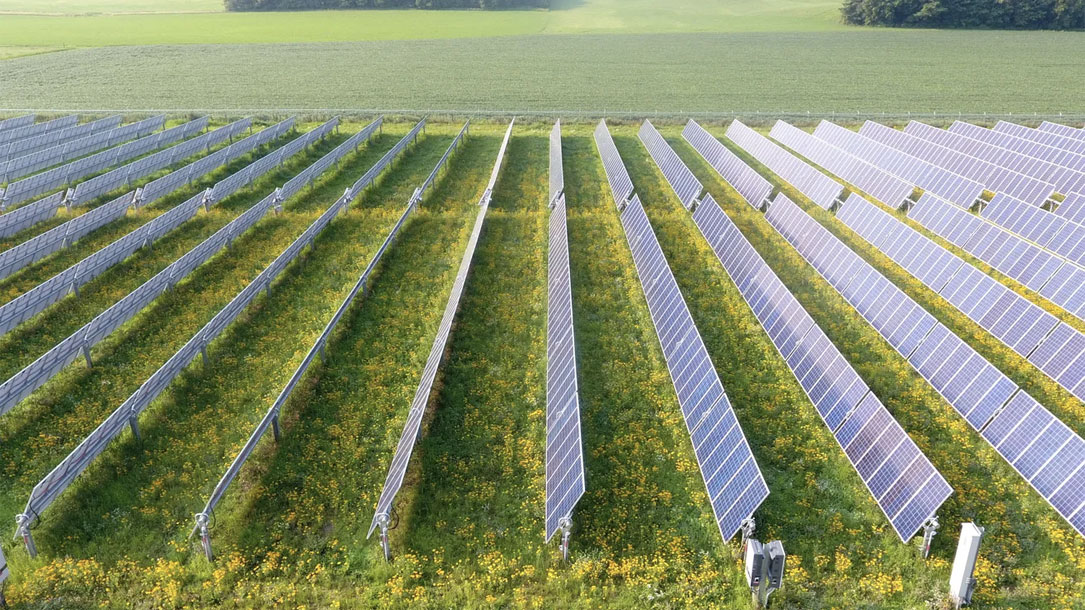
‘A magical solution’: solar developers planting flowers that could help save butterflies and bees
For more than a century, Logansport’s electricity was generated using gritty black coal. Now, its latest generating facility will feature 80 acres of solar panels, and something far more attractive—flowers.
Solar projects with habitats such as these, called pollinator-friendly solar projects, have been launched in 20 states, according to the Center for Pollinators in Energy. At least three new pollinator-friendly solar projects have been announced in Indiana this year.
Habitat loss and exposure to chemicals such as pesticides have killed off large portions of bee, butterfly, fly, and beetle populations. Numbers of honeybees, one of the most widely tracked pollinator species because of their contributions to the food supply, are falling by as much as 30 percent each winter in the U.S. and in Indiana…
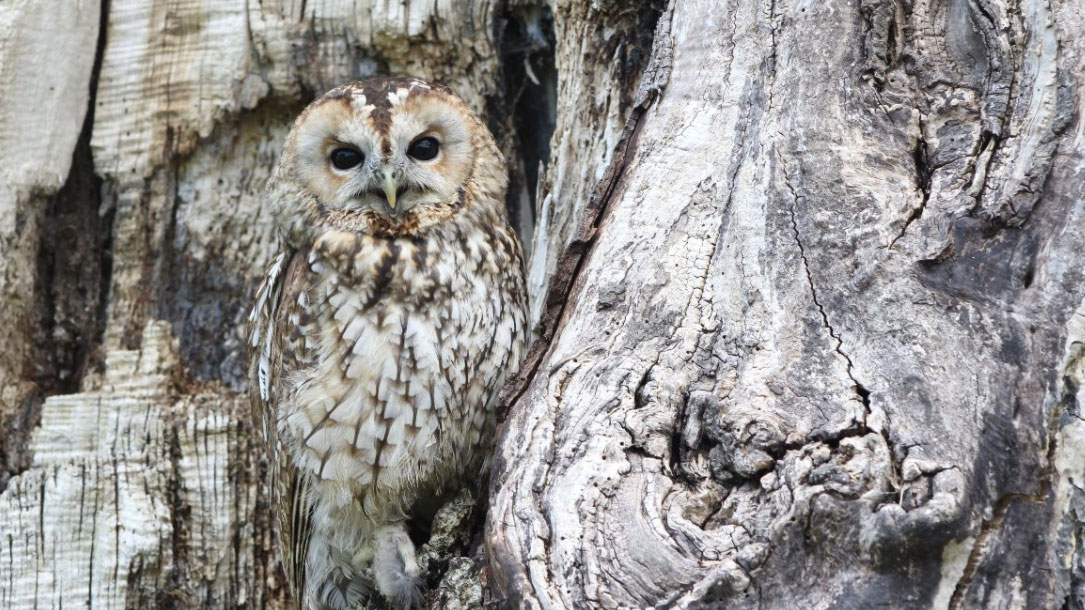
Pyrodiversity promotes avian diversity over the decade following forest fire
In this 2016 paper, UCLA ornithologist Morgan Tingley concluded that “pyrodiversity increases biodiversity.” Between 2009 and 2014 he led bird surveys across 465,000 acres of burned conifer forest in California’s Sierra Nevada and Southern Cascade mountains. The data showed that in the decade following wildfire, areas that experienced different burn severities developed into unique habitats, each with its own bird community.
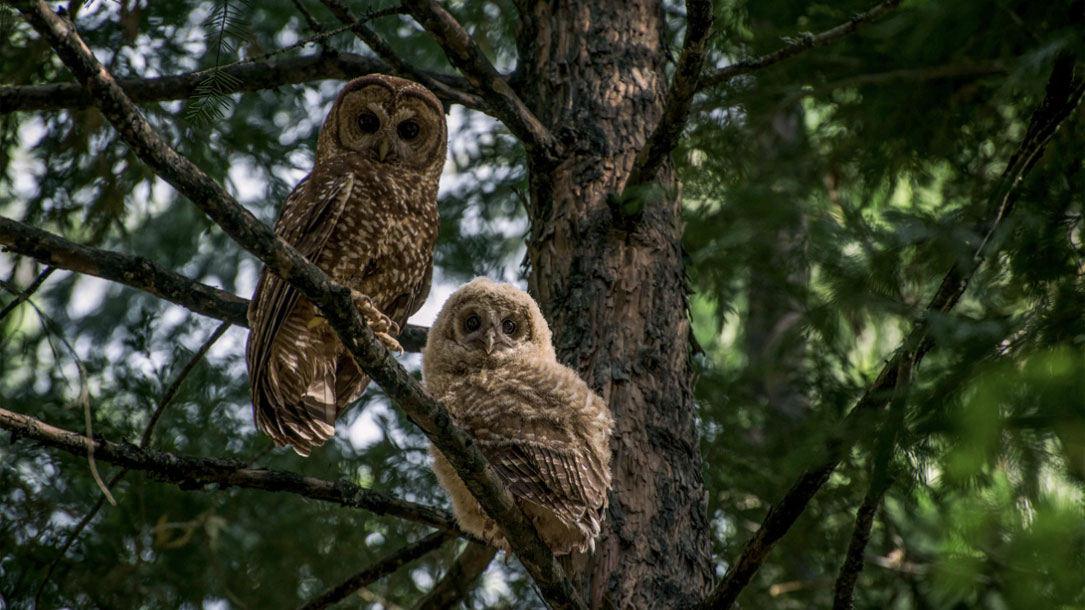
Recent ‘megafires’ imperil even fire-loving forest birds
Many birds, such as owls and woodpeckers, thrive in forest habitats created after fire. But the hotter, bigger, more destructive megafires out West might be too much even for them…
In a 2016 paper, UCLA ornithologist Morgan Tingley concluded that “pyrodiversity increases biodiversity.” Between 2009 and 2014 he led bird surveys across 465,000 acres of burned conifer forest in California’s Sierra Nevada and Southern Cascade mountains. The data showed that in the decade following wildfire, areas that experienced different burn severities developed into unique habitats, each with its own bird community.
But megafires like the King Fire have disrupted this historical cycle. Their relentless intensity often leaves less pyrodiversity. Instead they create larger areas of sheer destruction…












